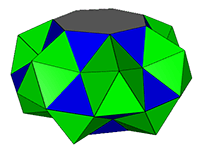
n=7, everted pyramids
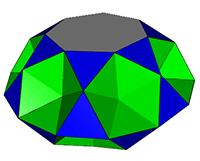
n=7, everted pyramids
 n=7, everted pyramids |
 n=7, everted pyramids |
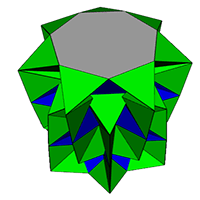 n=7, everted pyramids |
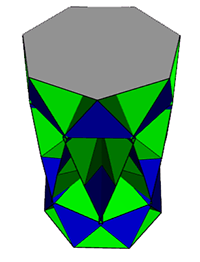 n=7, inverted pyramids |
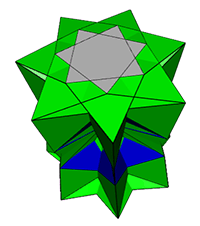 n=7/2, everted pyramids. May have degenerate vertices. |
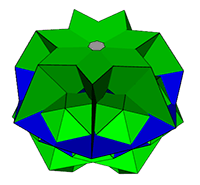 n=7/3, everted pyramids. |
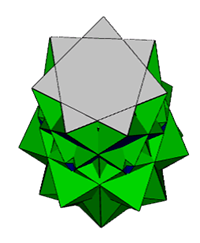 n=7/5, everted pyramids. |